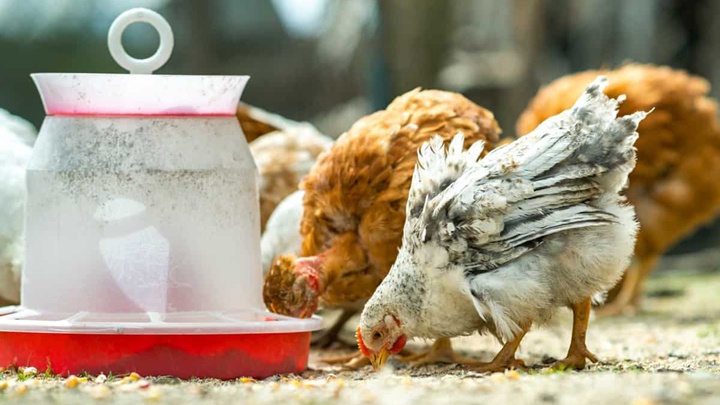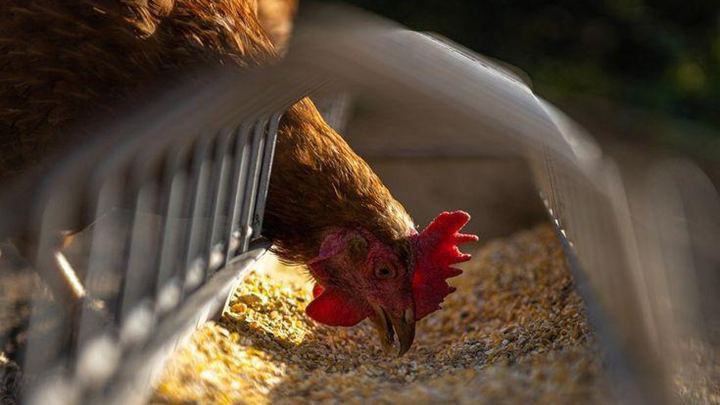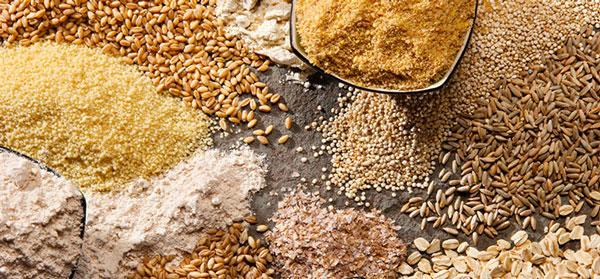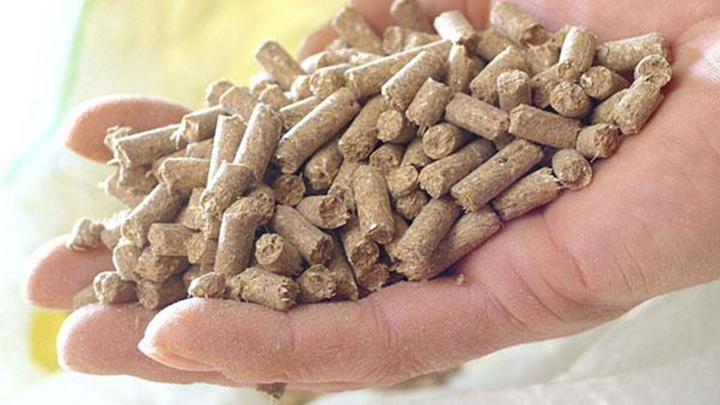The poultry farming sector depends mainly on the quality of feed, such as pellets, for better growth of their flocks, and, in turn, their business. However, most of the farmers and feed manufacturers find themselves battling against subpar chicken feed pellets, poor digestibility, and inconsistent nutritional value in the feed.
Besides, the contamination risk is another horrible factor that can affect the chicken’s health.
The frustration of investing time and resources only to see your poultry’s diminishing growth and exponentially growing health hazards is for real.
However, there’s always a way out for every problem. In this article, we’ll explore different practical strategies to improve the quality of chicken feed pellets.
Additionally, the same high standards apply to fish feed production. Using fish feed extruder machines and small pellet machines can be beneficial for poultry feed as well.
- 9 Actionable Strategies to Improve the Quality of Chicken Feed Pellets
- 1) Ensure High-Quality Raw Material Sourcing
- 2) Grind the Raw Material Well
- 3) Condition the Material Well
- 4) Pellet Properly
- 5) Stick to an Ideal Feed Formulation:
- 6) Use Reliable Chicken Feed Production Equipment aka Poultry Feed Pelletizers
- 7) Appoint Trained Personnel
- 8) Enhance Storage and Handling Practices
- 9) Implement Better Quality Control Measures
- Upgrade the Quality of Your Chicken Feed Pellet Production with LIMA
9 Actionable Strategies to Improve the Quality of Chicken Feed Pellets
The global demand for chicken feed pellets is surging for their high nutritious value, durability, and cost-effectiveness. Moreover, the growing pelleting demand has also grabbed the attention of business investors to consider the poultry feed industry as an option to invest their capital.
These days, the market is brimming with different variables of chicken feed pellets that differ in offering nutritional value and have varying shelf lives.
Hence, each of them has a different effect on the growth of poultry and their performance.
If you want to maintain high standards of chicken feed pellets in your manufacturing industry, there are several key performance indicators that contribute to improving the quality of chicken feed pellets.
Let’s throw some light on them:
1) Ensure High-Quality Raw Material Sourcing
The first step to manufacturing chicken pellets is sourcing raw materials. Select the material that has the best binding properties. This will reduce the need to add any sort of artificial binders.
Resultantly, you’ll definitely save some money and maintain high nutritious value in your chicken pellets. Some of the raw items used for this purpose are brown rice, soybean, corn, wheat, fish meal, and animal meal.
Adding the binding agents in the right percentage is crucial because the included amount will influence the quality of pellets by deciding on the temperature of gelatinization.
Tip: You can source the best quality cereal grains in the harvesting season for your chicken pellet production.
Similarly, in fish feed production, selecting high-quality raw materials ensures better results when using machines like the fish feed extruder machine.
Moreover, using the fish feed meal not only enhances the nutritional profile of the poultry feed but also aligns with the production techniques used in fish pellets.
2) Grind the Raw Material Well
Grinding the raw material is one of the most influential factors when it comes to improving the quality of chicken pellets and making them durable. Larger raw material particles can impact durability by reducing the pellet strength.
Finely ground raw material proves to be a better base for making finely adhered pellets because it takes less time to allow heat and moisture to steep in.
You must use a feed grinder to achieve a finer and evenly textured grist.
3) Condition the Material Well
Conditioning, the process of adding adequate heat and moisture to the mixture, is the gateway to better pellet quality. When you condition the grounded raw material, the process creates thermal, chemical, and mechanical energy.
The steam used in the process brings the natural oils in the grounded particles to the surface. They provide lubrication to the pellet die and reduce wear on the roller of the die. It also disturbs the structure of starch and begins gelatinization.
The gelatinization process creates natural glues which allow the particles to compress and stick together.
A conditioning temperature between 80-85° is the most suitable temperature for the gelatinization of the starch regardless of the base cereal used. At this point, the feed is fully cooked and the microorganisms in the raw material are killed which increases the feed’s safety, palatability, and digestibility.
4) Pellet Properly
The feed mixture, after being properly conditioned in the conditioning vessel, enters a pelletizer for shaping it into ‘pellets.’
Here are some points you need to pay attention to at the pelletization step to achieve good pellet quality.
- Die wear: Use a quality die so it doesn’t end up wearing unevenly and impact the pellet quality.
- Die holes: The number of die holes impacts the throughput and the wearing rate of the die.
- Die hole dimensions: A longer die hole length with a smaller diameter impacts the compression of pellets. But higher compression doesn’t mean the creation of durable pellets. In fact, it can create brittle and hard pellets.
- Die speed: A faster die speed can increase the throughput but reduce the pellet quality.
- Even Spreading of the Mixture into the Die: You must evenly spread the conditioned mixture onto the full face of the die. Otherwise, it will cause poor pellet formulation.
5) Stick to an Ideal Feed Formulation:
The ratio of the ingredients in the chicken feed pellets formulation is also a great matrix that has a higher impact on pelleting.
Different ingredients have different pelleting abilities and hence require different conditioning levels and temperatures to achieve that optimum gelatinization which ends up offering a good quality pellet production.
Here’s a breakdown of some of the ideal ratios of different ingredients used in feed formulation:
- Wheat Gluten (a wheat-specific protein): 1-2%
- Molasses (material that helps in lubricating the die): 1-2%
- Animal OR vegetable fat: 1%
- Whey protein: Less than 10%
- Animal by-products: Minimal amount
6) Use Reliable Chicken Feed Production Equipment aka Poultry Feed Pelletizers
Apart from the pelletizing process, the specifications and conditions of the equipment you use for pellet formulation are also of high importance.
The wear and tear of the hammers, the dies, or the rollers and the incorrect positioning of the blades or steam injection valves can play significant roles in deciding on what quality pellets will be produced.
7) Appoint Trained Personnel
Appointing trained personnel for the pellet-production process is crucial for multiple reasons. The reasons revolve around ensuring high pellet quality, precision in formulation, operational efficiency, and minimizing production errors.
Moreover, a skilled person helps in the consistent production of high-quality products which leads to customer satisfaction and retention.
8) Enhance Storage and Handling Practices
When you store the chicken feed pellets, select a place that doesn’t get direct sunlight, and is cool, dry, well-ventilated, and moisture-free.
9) Implement Better Quality Control Measures
You must keep an ongoing quality control testing method in place that tests the durability and the capability of the pellet to remain as a ‘whole’ until it’s presented to the bird.
You can also conduct a regular nutritional analysis with a vetted poultry nutritionist and keep on adjusting the formulations accordingly.
Upgrade the Quality of Your Chicken Feed Pellet Production with LIMA
So, do you have streamlined your chicken feed pellet production process but are in search of a good machinery vendor that will help you maintain your feed quality? Well, Henan Lima Machinery Manufacturers Co. LTD is your place to be.
We are a professional worldwide company for designing, researching, manufacturing, and offering sales and service on Animal feed pellet machinery.
We have a diverse range of fish feed pellet extruders and poultry feed pellet mill machines. Also, we offer both single equipment and a complete line for feed making along with accessories.





